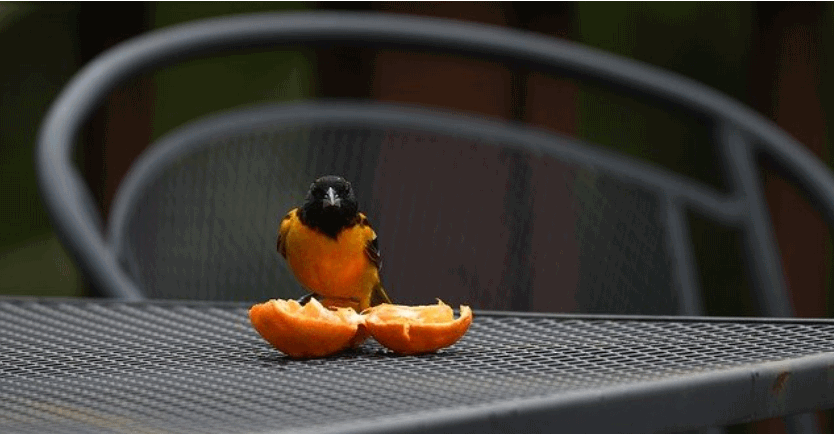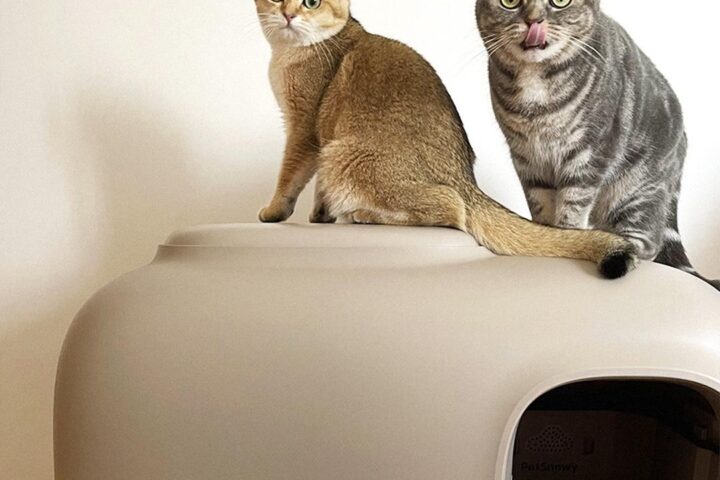It’s frustrating when you install bird feeders, put up a bird bath, plant trees, and only a dozen birds visit your backyard in summer.
Is that your current situation?
You must be wondering what you’re doing wrong and what you should change, such as your feeder’s location or the type of food you offer. Maybe, you put out your feeders too early or too late in summer. With such thoughts running through your mind, you need…
Tips To Get More Birds In Your Backyard
For most birders, waking up to uneaten seeds means birds aren’t taking up the invite to explore the backyard, and it’s time to find ways to invite more birds. Here are a few suggestions.
Change Your Feeder
The design you’re using may be unsuitable for birds visiting your space. For instance, large birds can’t fit their bills through the ports of a small tube feeder.
Further, when you mix seeds in one feeder, birds select what they want and throw out the rest, so you end up with a lot of wasted seed on the ground, and these birds fly away to find food elsewhere.
A quick solution would be to install several feeders like these options from LoveTheBirds to feed species separately.
Here’s a simple feeder guide featuring common species.

Tube Feeder
Finches, sparrows, chickadees, blackbirds, and jays.
Nectar Feeder
Hummingbirds, red-bellied woodpeckers, orioles, and warblers.
Platform Feeder
Doves, pigeons, sparrows, cardinals, buntings, grosbeaks, and chickadees.
Suet Cage
Woodpeckers, jays, thrushes, wrens, and creepers.
Introduce New Food Type
Keep your birdies well-fed by offering a variety of food and refilling the feeder regularly.
So, which birds love what?
Birds looking for mealworms in your backyard include buntings, chickadees, northern mockingbirds, nuthatches, and bluebirds. Black oil sunflower seeds are popular with cardinals, woodpeckers, finches, and sparrows. You’ll see more finches, buntings, and pine siskins when you serve nyjer.
Fruit slices attract Baltimore orioles, eastern bluebirds, blue jays, thrushes, and American crows, while suet brings in blue jays, wrens, nuthatches, chickadees, and woodpeckers.
You know what you could do, learn about species in your state to know the ones to feed in summer.
Maintain Your Feeders
As you keep your birdies well-fed, don’t forget to wash and sanitize your feeders regularly and let them dry before refilling them with bird seed. You may have to do away with nectar, peanut butter, suet, or fruits that may not withstand the heat in summer.
If your region is humid, clean your feeder a little more often because the seeds at the bottom of the feeder rot. Fallen seeds and fruit slices can attract other animals like raccoons and chase away birds. Therefore, keep the area around your feeders clean.
Change Your Feeder’s Location
If it’s in a place where birds don’t feel safe as they feed, they’re likely to watch from a nearby tree instead of perching on the feeder, and it’ll take longer for you to convince them that no predator is lurking.
The feeder should be near a spot where birds can shelter from predators, such as near a tree. On top of that, birds should have a clear view of the surroundings to see predators approaching.
Feed Larger Birds Separately
Aggressive birds intimidate smaller ones. To know whether that’s the situation in your backyard, watch how the small ones like hummingbirds and cardinals behave when blue jays come to your feeder.
If there’s such a problem, you may need drastic measures like removing all your feeders and nest boxes until the aggressive birds leave. However, we hope your backyard is a haven with respectful birds because taking away feeders hurts even the species you want to keep.
Conclusion
Backyard feeders bring some of the most exotic species closer to you. They make bird feeding such a fulfilling hobby that when birds fail to show up, you can’t help but feel there’s a problem.
First, confirm that you have an appropriate feeder for avians in your neighborhood, and install it in a safe area away from predators like raccoons and raptors. Secondly, put the right food and clean your feeder often. Three, make your backyard homely and safe. These three changes ought to bring you more feathered friends.





